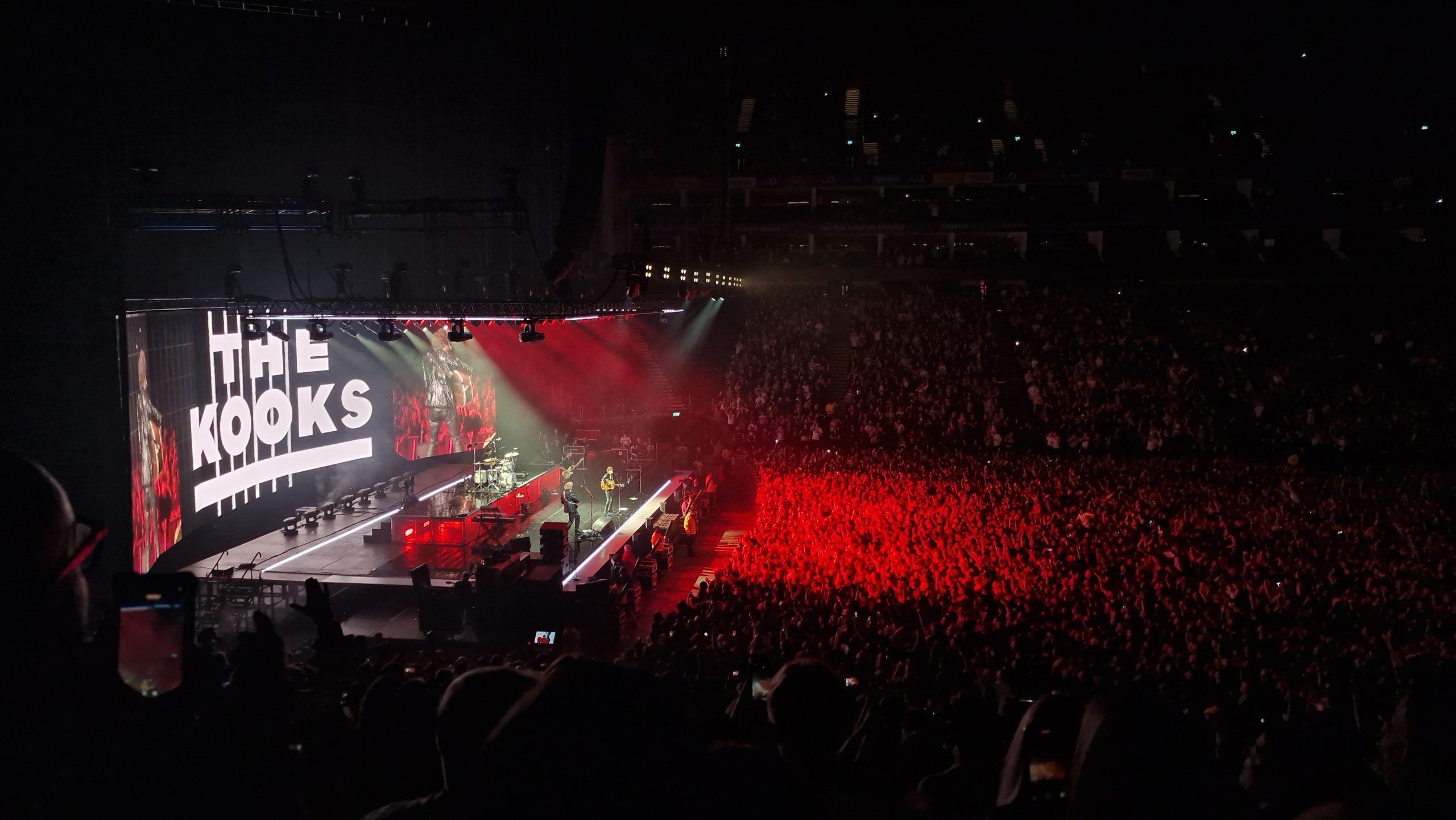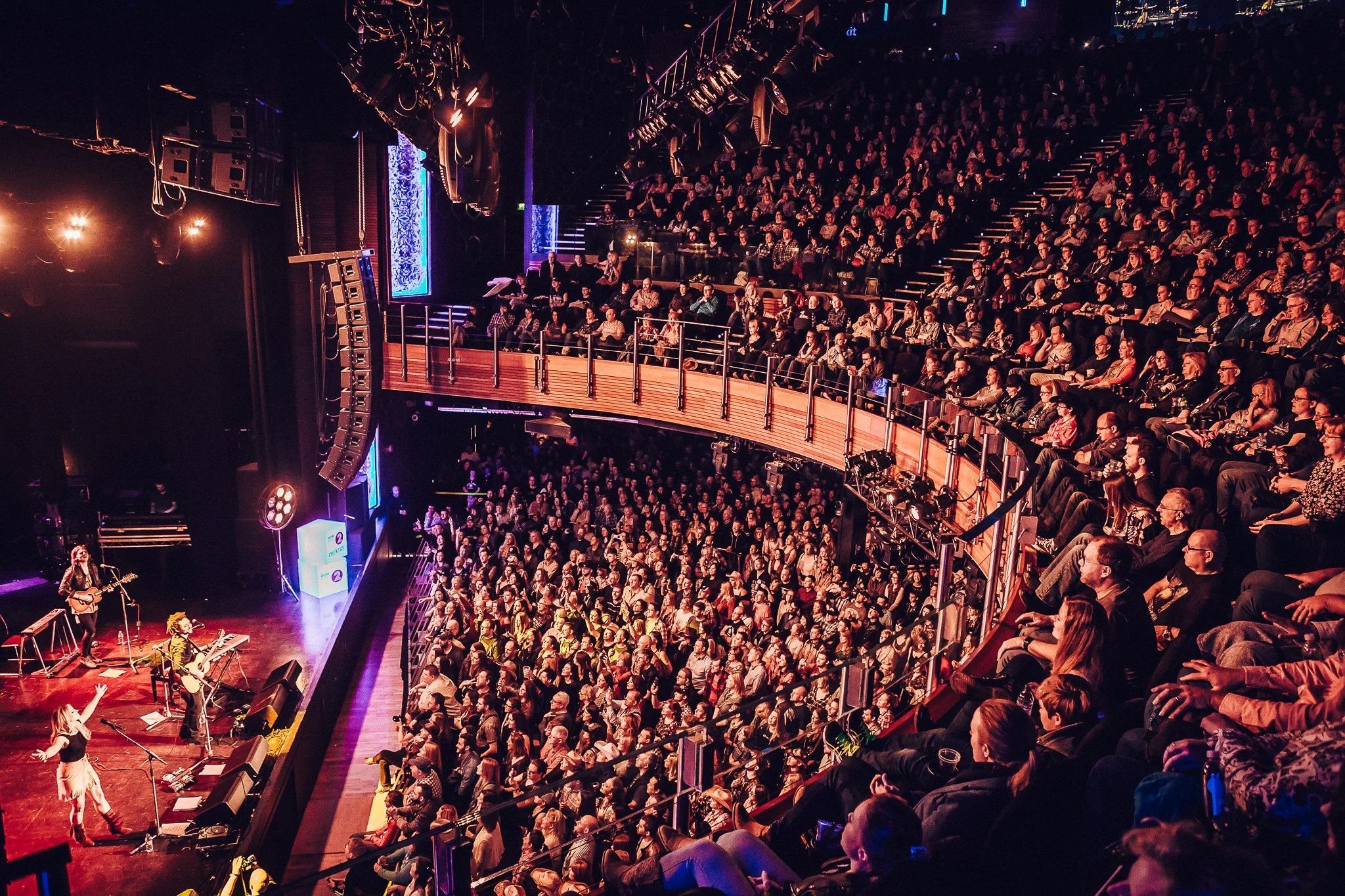We can answer shortly: it depends.On product mix, markets, traffic, and cost discipline. A useful compass is gross gaming revenue (GGR) across a regulated market. In Great Britain, remote casino, betting and bingo generated £6.9bn GGY in 2023–24, underscoring how large the pie can be even in a single jurisdiction.

If you’re launching fast via turnkey gambling software, your top line is still governed by the same math as legacy operators. The platform accelerates compliance, payments, and content, but revenues ultimately track how much players wager, what they win back, and how well you retain them.
The revenue math (GGR vs. NGR)
GGR = stakes (handle) – player winnings. That’s the “house win” before costs. NGR (net gaming revenue) subtracts bonuses, payment fees, game provider royalties, and similar direct costs. Operators and suppliers often contract on NGR.
Typical “holds” by product
- Online slots: Many titles publish RTP around 96%, implying a ~4% theoretical house edge (hold) over time. Realized hold varies with volatility and promos.
- Sportsbook: US data shows a long-run average hold ~7%, and it’s trended upward (2019: 7.0% → 2022: 8.1%). Product mix (e.g., parlays) and pricing strategy matter a lot.
What actually drives revenue growth
- Product mix (slots vs live casino vs sportsbook) and the associated theoretical hold
- Geography and licensing (market size, allowable promos, tax rates)
- Traffic sources and CAC: SEO, affiliates, paid, influencer/streaming
- Onboarding friction: KYC flow, payment success, instant withdrawals
- Retention engine: CRM, personalized bonuses, missions/tournaments
- UX performance: fast load, low crash rate, mobile-first
…and where the money goes (major cost lines)
- Taxes and duties on GGR/NGR
- Game content and platform fees (rev-share or fixed)
- Payment processing, chargebacks, fraud tools
- Bonuses/promotions and loyalty
- Marketing (affiliates, paid UA, sponsorships)
- Compliance, safer-gambling tooling, and reporting
- Support, fraud/RG teams, BI/ops, hosting
A simple, illustrative model
Scenario: mid-size, casino-led operator in regulated markets.
- Monthly active players (MAP): 40,000
- Average wagered per MAP: $300 → Handle $12,000,000
- Blended hold (mostly slots/live): 4.5% → GGR $540,000
- Bonuses & direct costs (payments, content): –18% of GGR → NGR ≈ $442,000
- Operating costs (marketing, payroll, hosting, compliance): –$260,000
- Illustrative operating profit: ≈ $182,000/month
Swap assumptions and the picture changes fast: add a sportsbook with 7–8% hold during peak season and GGR can jump; dial up bonuses or enter a higher-tax market and margins compress.
Benchmarks and reality checks
- Market-level figures (like the GB remote sector’s £6.9bn) show scale, but an individual site’s share depends on brand, licenses, and distribution.
- Definitions matter in negotiations: suppliers may quote rev-share on GGR while affiliates are paid on NGR; read the fine print.
Key takeaways (if you’re forecasting)
- Treat GGR as your top-line dial; product mix sets the theoretical ceiling.
- Build retention early: it’s cheaper to lift ARPU/LTV than to chase ever-pricier traffic.
- Model NGR conservatively – bonuses, payments, and content fees bite more than you think.
- Expect variability: seasonality (sports calendars), jackpots, and promo intensity will swing monthly results.
- Use regulated-market data (GGY, tax, hold) as anchors, then layer your own funnel metrics.
Online casinos can range from modest, profitable niche brands to nine-figure enterprises. Your outcome hinges on mix, markets, and execution – not just the tech stack powering it.




